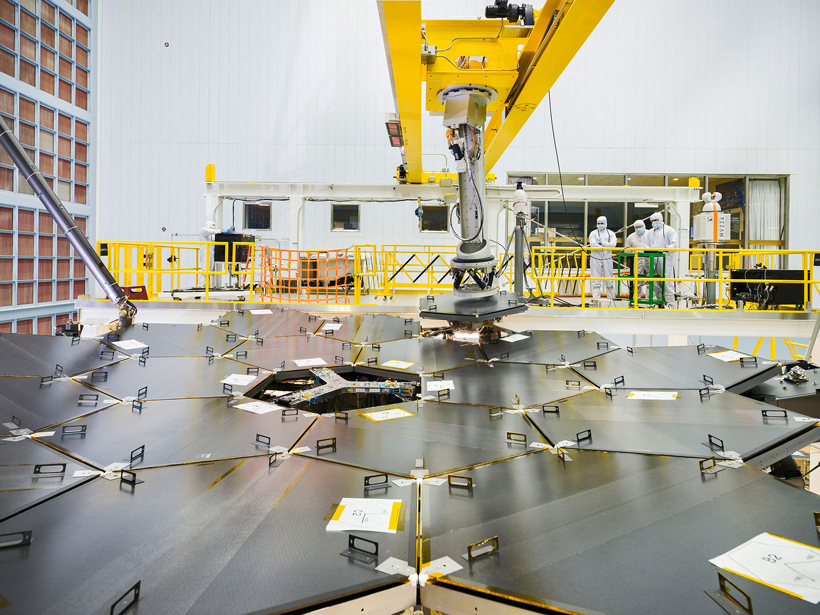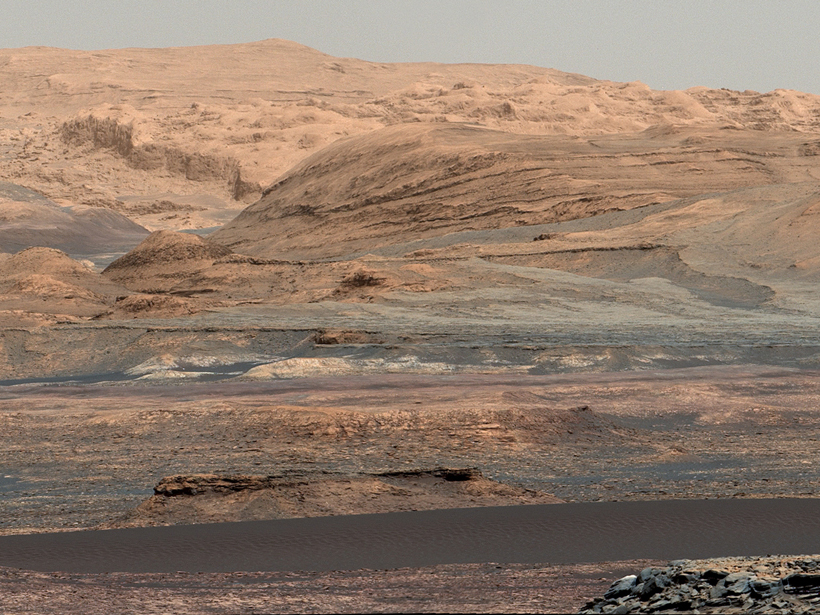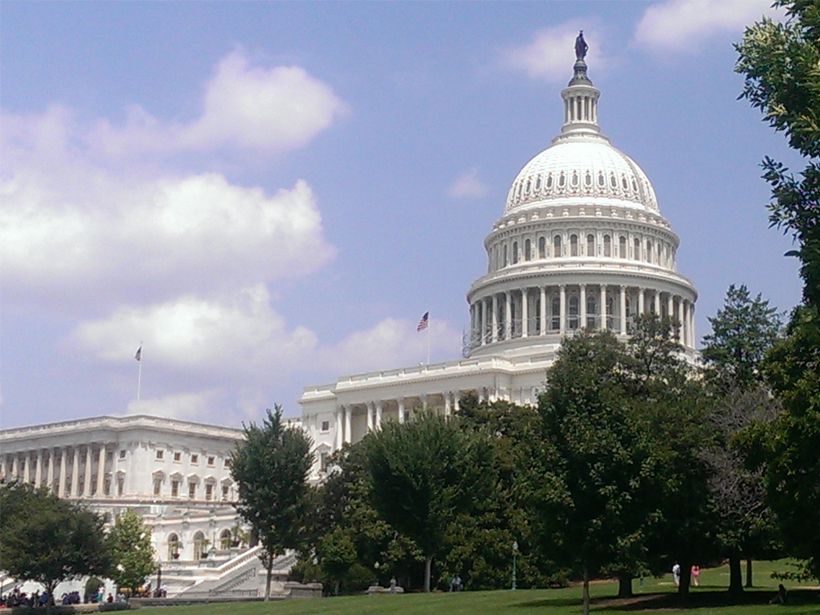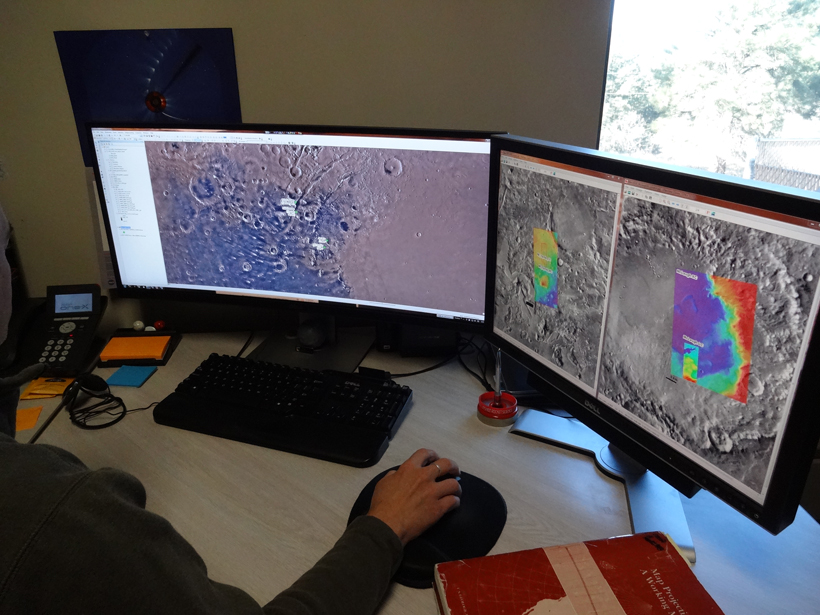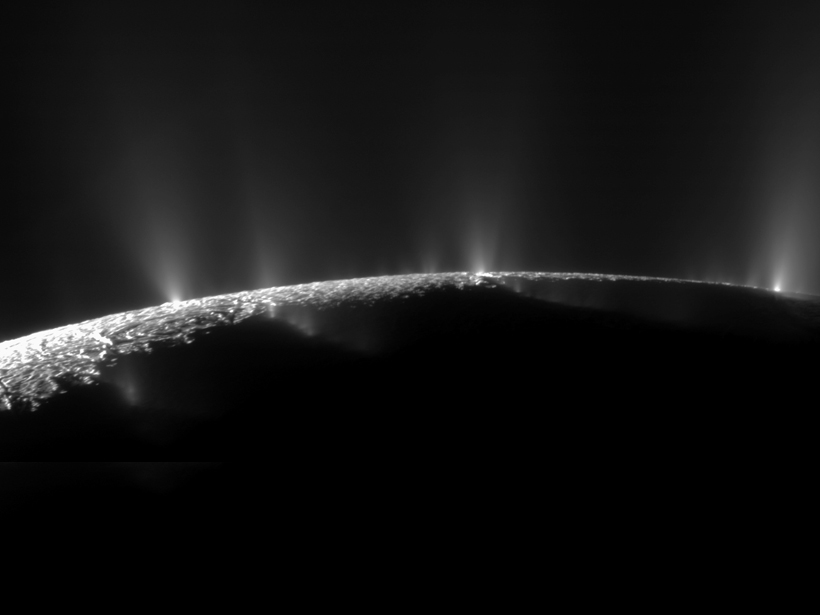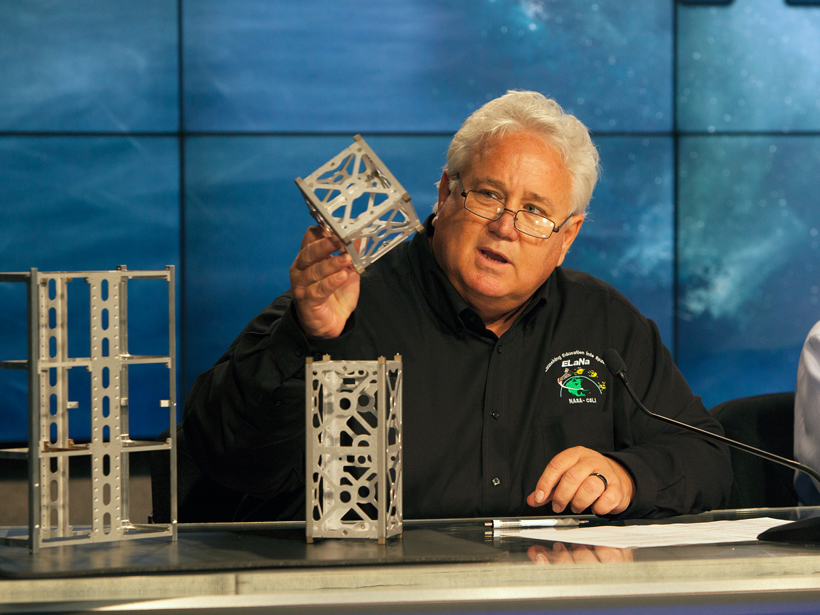A new line item for space transportation would support NASA partnerships with commercial spaceflight vendors and reduce dependence on Russia for transporting astronauts.
NASA
Final Mirror Segment Added to Powerful Future Space Observatory
After years of planning, testing, and assembly, the James Webb Space Telescope, the world's largest infrared, space-based observatory, is taking shape.
Claudia Joan Alexander (1959–2015)
Alexander is remembered for her leading role in the Galileo and Rosetta missions and her efforts to encourage women scientists from underprivileged and underrepresented groups.
Where Curiosity Has Taken Us
The Curiosity rover, one of NASA's flagship missions, analyzes Martian geology, geochemistry, climatology, and radiation to assess whether Mars could have supported microbial life.
Newly Passed Spending Bill Boosts Science Funding
The new spending bill that Congress passed today provides an increase in funding for NASA, USGS, NOAA, and more.
Status of Tools and Data for Planetary Research
2nd Planetary Data Workshop; Flagstaff, Arizona, 8–11 June 2015
First Results from the MAVEN Mission to Mars
Geophysical Research Letters publishes First Results from the MAVEN Mission to Mars, demonstrating a remarkable achievement of NASA's MAVEN team and the broader scientific community.
Cassini Probe Dives Through Enceladus Plume
NASA's Cassini probe takes a trip through a cosmic sprinkler to learn more about a subsurface ocean.
NASA Selects Launch Vehicles for Small Satellites
Miniature satellites offer new opportunities for science, commerce, and education. With new launch vehicles, these satellites will fly as primary payloads rather than hitchhiking on bigger missions.
U.S. Launches 13 New Minisatellites
Tiny CubeSat satellites made of one or more cube-like modules roughly the size of coffee mugs offer a compact and inexpensive way to conduct research and other activities in space.


